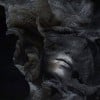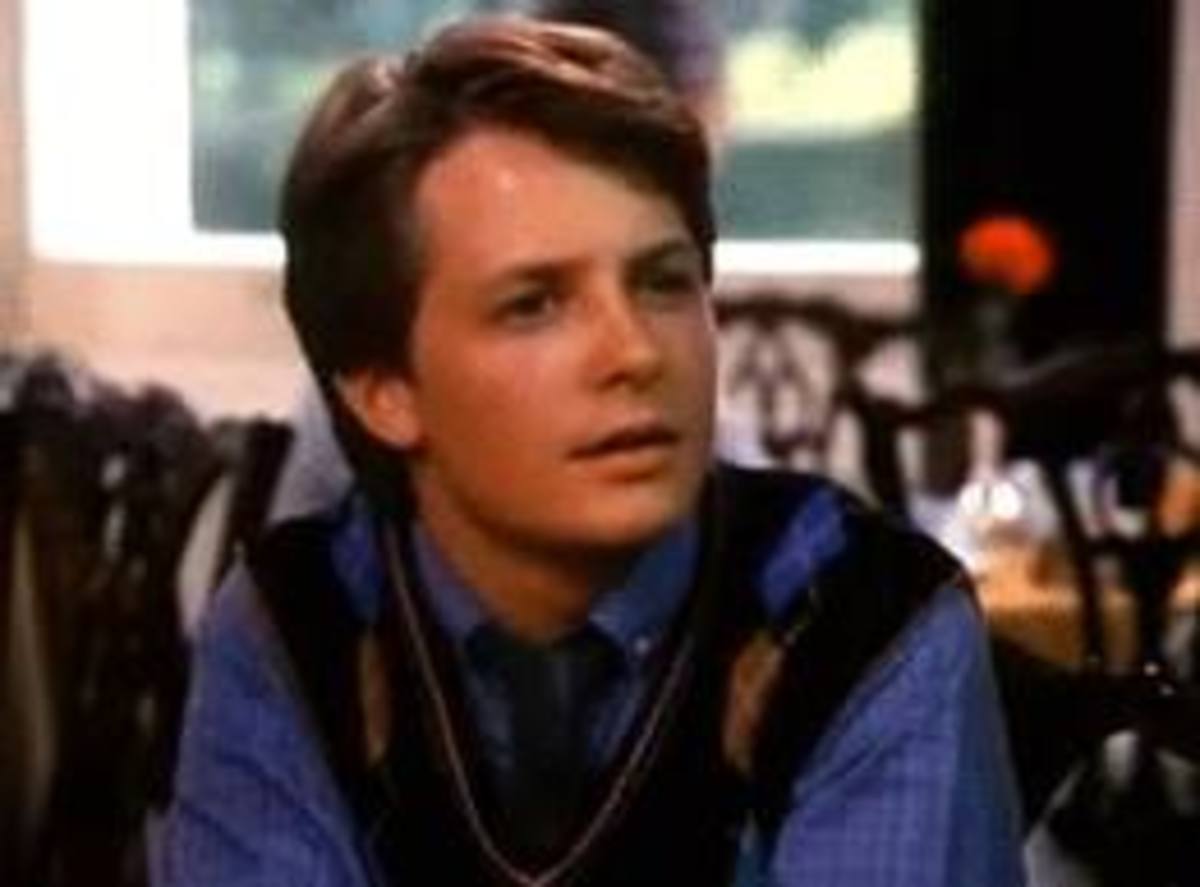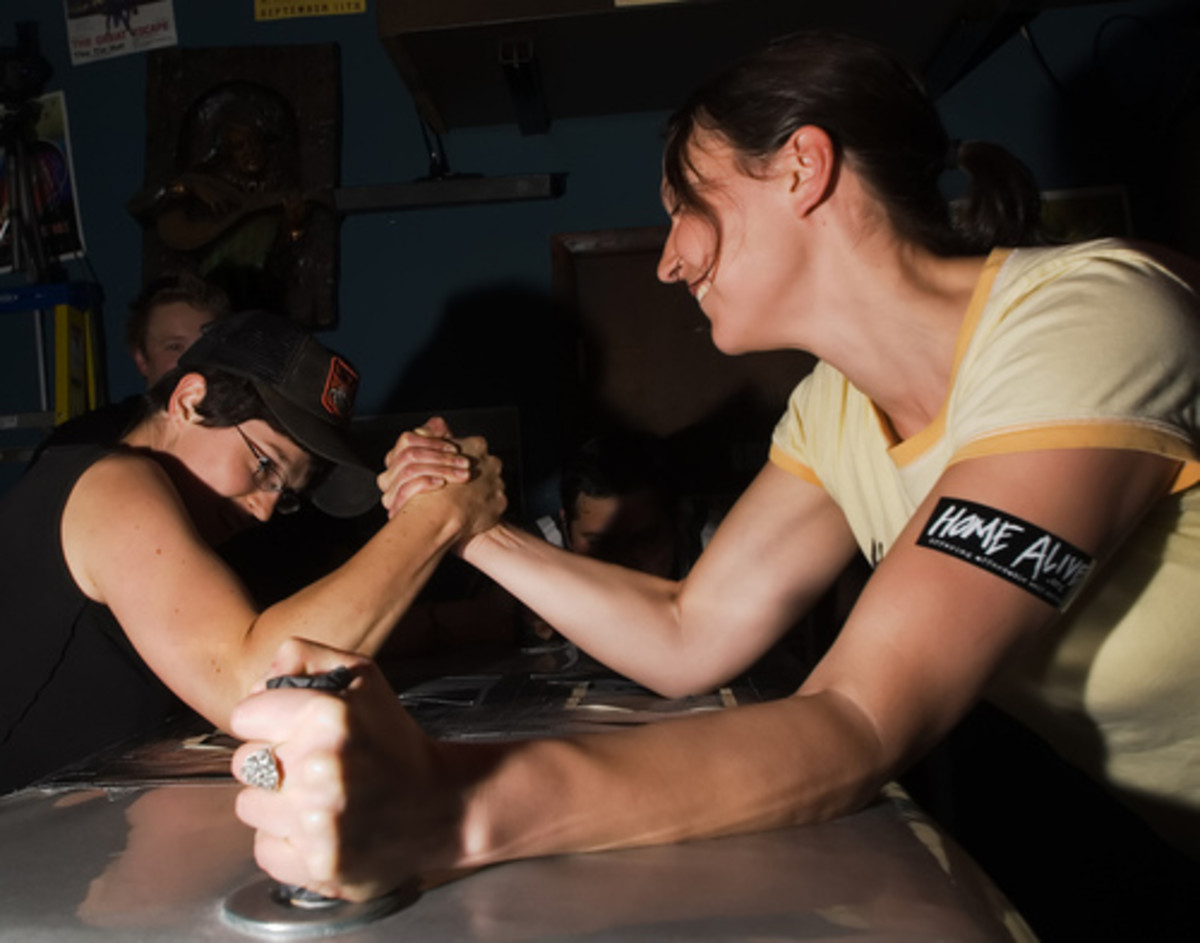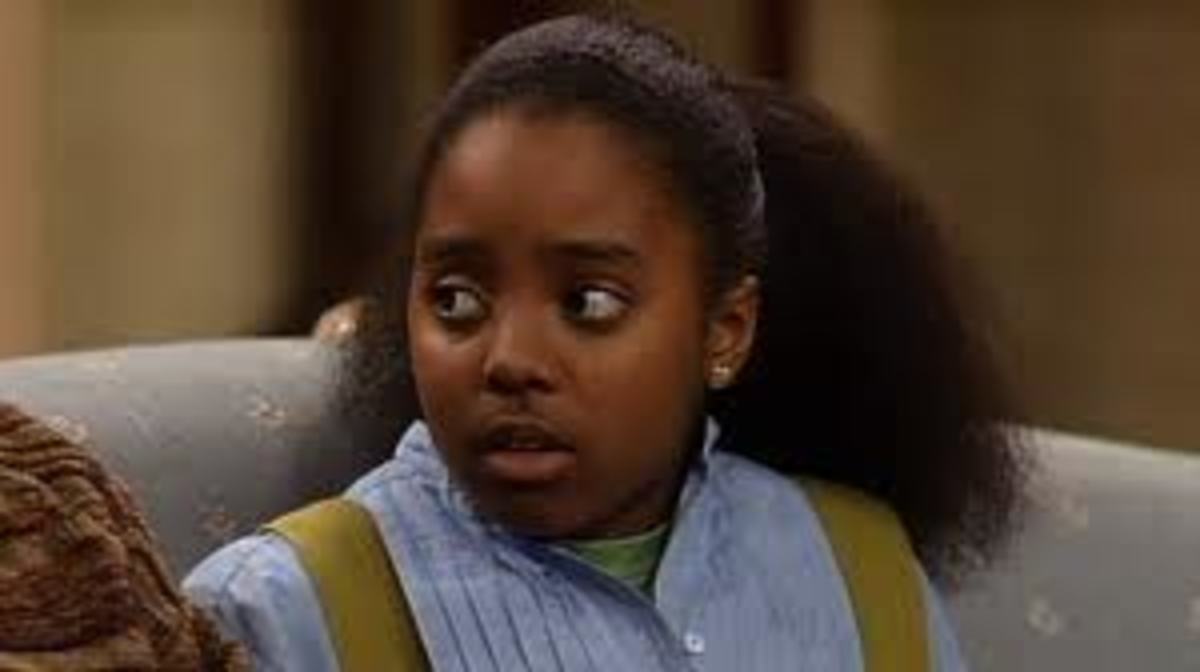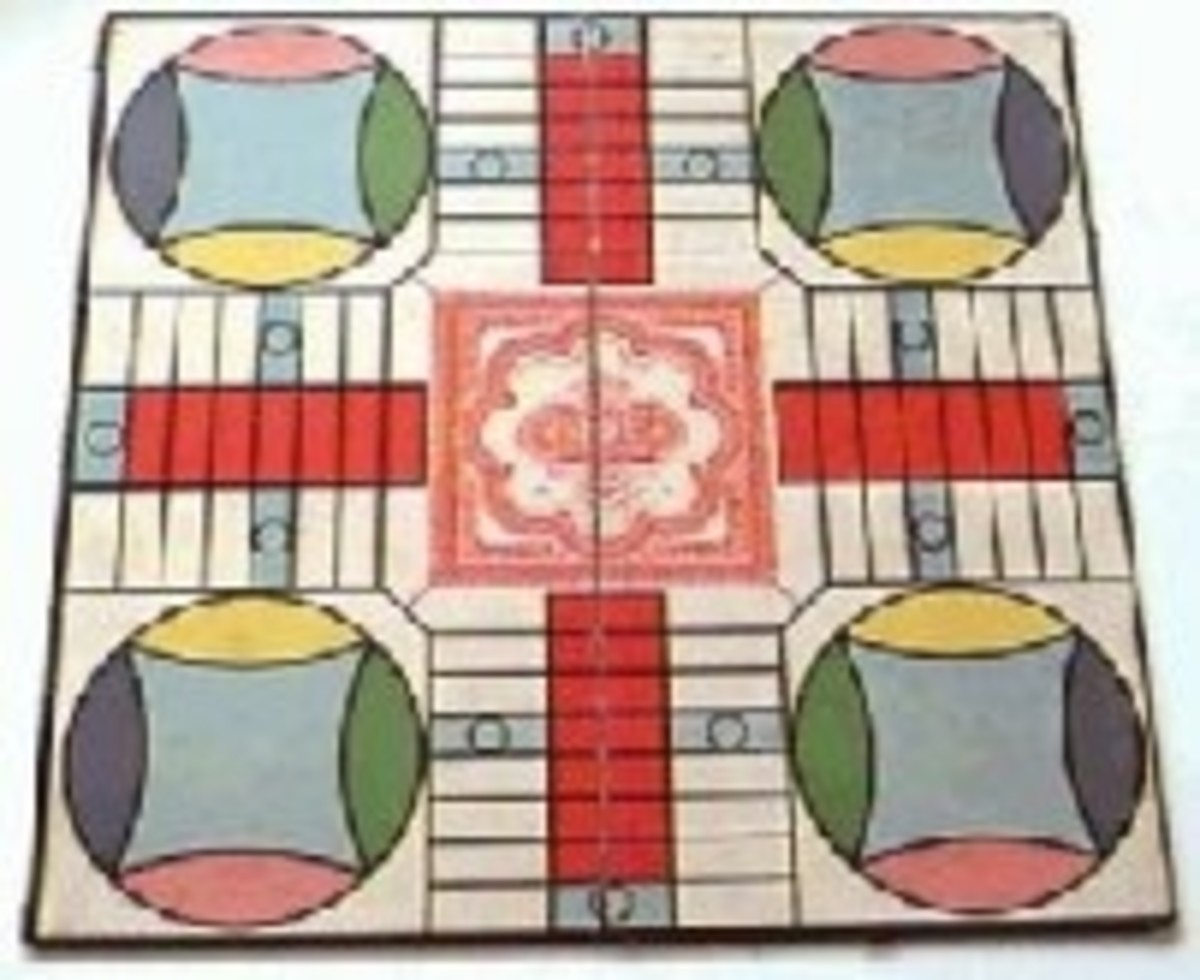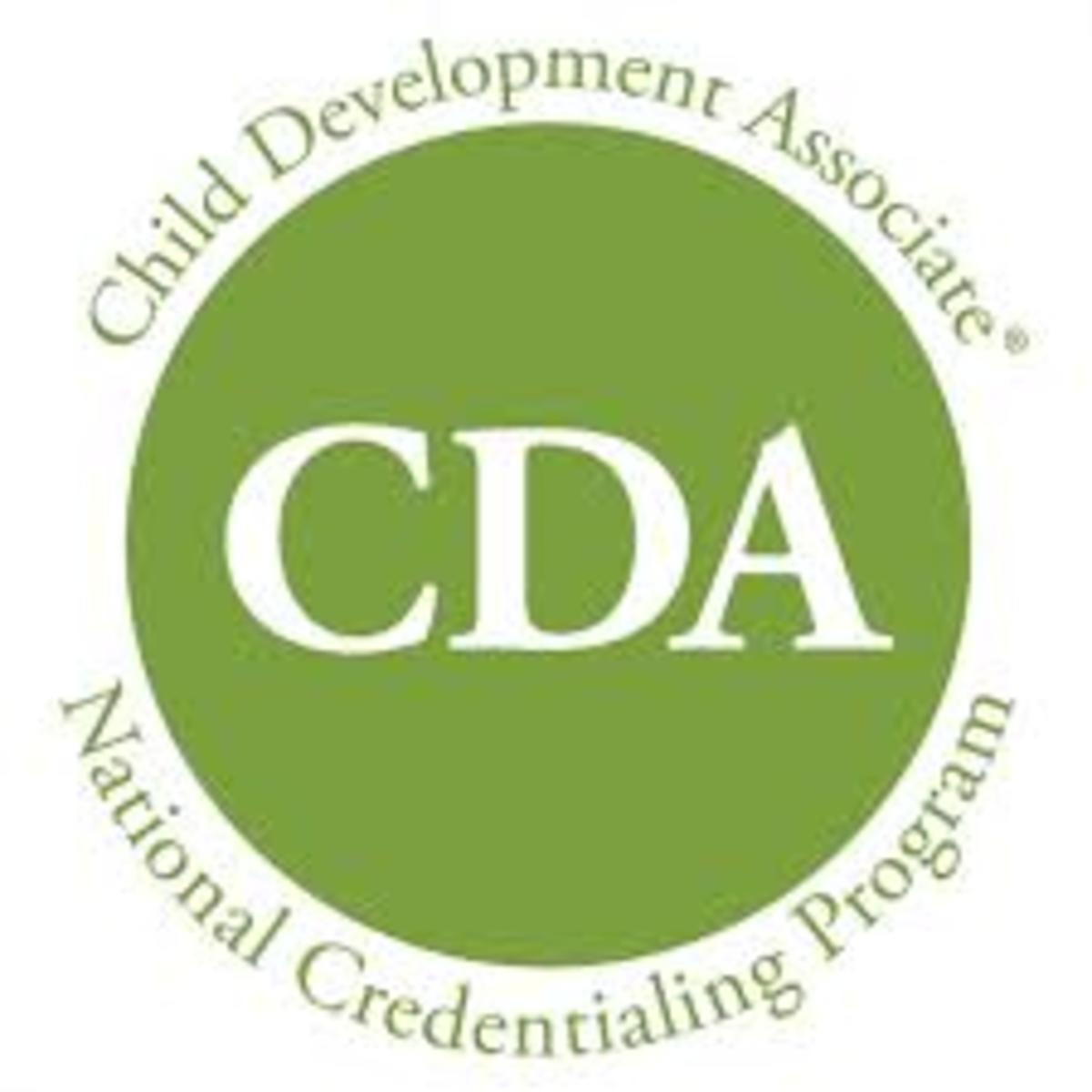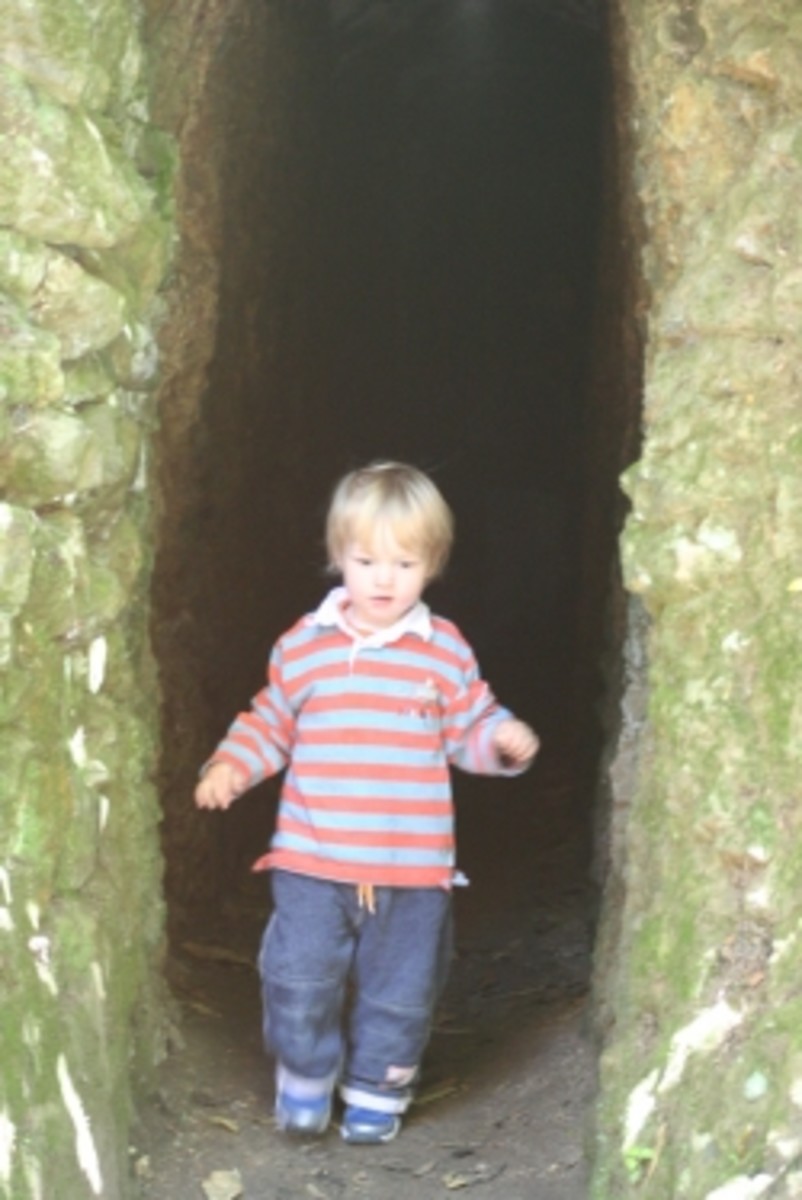How Birth Order is a Determinant to Children's Growth and Personal Development

INFLUENCE OF BIRTH ORDER ON A PERSON
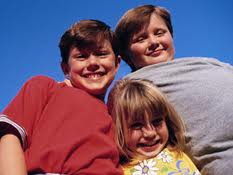
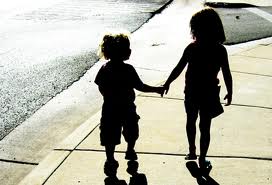
THE OLDEST CHILD
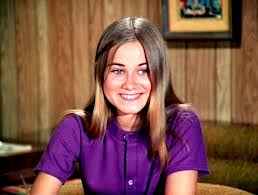

THE MIDDLE CHILD


THE YOUNGEST CHILD
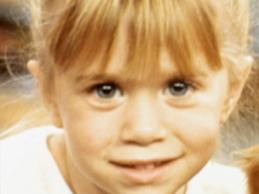
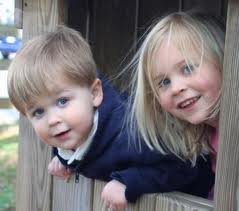
THE ONLY CHILD
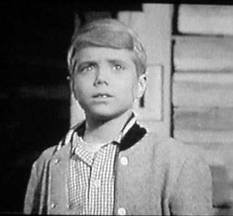
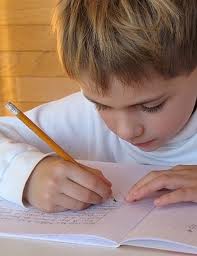
The Effects of Birth Order Upon Children's Personality
A child's place in the family constellation is one of the psychosocial determinants of his/her development as a human being. Birth order does authenticate the type of personality and outlook a child has. A child's place in the family constellation determines whether he/she is going to be leader, diplomat, a rebel, or a strong independent individualist.
The oldest child was once the center of his/her parent's universe. Then upon the arrival of another bundle of joy, he/she was dethroned. He/she now has to share time and space with another sibling. He/she wants to show the world that he/she is somebody so that energy is sublimated to be later manifested as overachievement. Furthermore, he/she wants to demonstrate worthiness to the parent by manifesting mature and responsible behavior e.g. "looking after" the younger sibling and " showing the younger sibling the way,"
As a result of their ordinal place in the family constellation, the oldest child develops leadership abilities. Parents are often more strict and demanding on their oldest child than they are their succedent children. Parents expect that their oldest child set an example for their younger siblings, often blaming the oldest child if anything happens to go wrong.
The oldest child falls into three categories: (1) the caregiving, put upon and martyred, (2) the guardian, law and order, and (3) the ambitious, power hungry and prince/princess. The first prototype is usually found in large to very large families where the oldest child assumes the role of second parent or surrogate parent to his/her younger siblings. .He/she is the primary caregiver to his younger siblings, often giving up his/her childhood as the parents elect not to parent. The parents use him/her as the family mascot, assigning him/her adult roles without any appreciation.
The first prototype of the oldest child is forced into that role by the parent. He/she does not relish this role and begins to resent his/her status. He/she often feels like a chattel slave or forced laborer without any rights. He/she eventually views the caregiving role as onerous, enforced servitude. Many oldest child of this prototype begin to see leadership and responsibility as burdens thus wanting no part of it once they become older.
The second prototype of the oldest child relishes being a leader as he/she loves to be authoritative with his/her younger siblings. Oldest children in the second category are usually found in small, medium-sized and large families. These oldest children love to supervise their younger siblings; however they are not the primary caregivers as the parents assume that responsibility. At times, these oldest children are asked to be caretakers only intermittently. These oldest children can effectively combine being authoritative with caregiving. These oldest children are usually appreciated by their parents and siblings alike for being responsible and a leader. As a result of this appreciation, these oldest children usually seek to assume more responsible and leadership roles because it is fun and challenging.
Oldest children in the third category have all the pluses of being the oldest without the hassle. They are usually found in small families where they are the center of their parents' universe. Since this type of oldest child does not have any caregiving responsibilities, he/she uses his/her leadership ability in other ways i.e. to manipulate a younger sibling to do his/her bidding and/or to guide the younger sibling. This oldest child is most likely to enjoy exerting power over a younger sibling which is subsequently transferred to later leadership roles in school and career.
The middle child is caught between the oldest child and the youngest child. The middle child is always knows as either T's older sibling and/or O's younger sibling. He/she is always part of the other but he/she is never recognized for himself/herself. The anonymity of being the middle child is dependent upon family size. In families from three to five children, the middle child is often noticed and is not overshadowed but in large families, middle children often get lost in the shuffle as there is little parental attention given.
There are three prototypes for the middle child: (1) the insecure,forgotten, and nameless middle child, (2) the compliant, people pleasing middle child, and (3) the firebrand, justice seeking middle child. The first prototype is usually found in medium-large, large, and very large families. Because there are so many siblings in the family, he/she is often overlooked by the parents in addition to being ignored by the older and younger siblings alike. He/she is considered as a persona non grata. He/she figures that because of the sheer numbers in the family, it is best to remain quiet and anonymous since no one will notice me anyway. The first prototype of middle child is the least individual of all the birth order prototype as he/she prefers to blend in the background. This type of person is the mostly likely to be underappreciated, abused, and overlooked. This is the often the child who is MOST likely to be bullied in school and later on in the workplace as he/she is the LEAST ASSERTIVE of all the birth order prototypes as he/she believes that he/she is a non-entity undeserving of respect and admiration.
The compliant, people pleasing middle child is a person around town who believes in being jolly in order to be liked and adored by his parents and siblings, friends, and associates. This type of middle child is usually found in medium-sized families of three to five children. The family is small enough for him/her to be noticed by both parents and siblings. This middle child uses his/her status for leverage to be a smooth diplomat and jack of all trades. This negotiation and people pleasing skills came in handy for this child to be an excellent mediator and go-in between in school and those skills are transferable for him/her to became an excellent mediator, diplomat, and/or middle manager. Also this child is the MOST likely to be very popular in school because of his/her people skills.
The firebrand, justice seeking middle child is the type of person who fights for the underdog. This prototype of middle child is found in medium-sized to very large families. This prototype of middle child is very vocal and assertive because he/she does not intend to be overshadowed by his/her older and younger siblings nor to be ignored by his/her parents. Because of his/her status within the family constellation, he/she has empathy for the downtrodden and the underdog, often fighting for children whom he/she believes are outcasts and less fortunate than general society. This child is very self-assertive and he belongs to no one. Many attorneys, union leaders, and advocates are firebrand, justice seeking middle children.
The youngest child is usually pampered and allowed lots of leeway that their older siblings were not allowed. When parents have their last child, they want to hold on to that child for as long as possible and not let him/her grow up because if they do, it will be the end. Also parents are more relaxed when they have their last child as all the experiments and the trials were done on the older siblings. Many times the youngest child is not as harshly punished as the older siblings. Oftentimes, the youngest child, especially in large to very large families, do not have to assume any responsibilities and live a royal childhood. However, the status of the youngest child is dependent upon the family size. In two to three-child families, the youngest child is on an almost equal footing with the oldest and middle child. But in large to very large families, the youngest child is "the baby", "the doll", and the "the prize" and is treated as a little god or goddess.
There are two prototypes of the youngest child: (1) the whiny, pampered, spoiled, selfish, and immature youngest child and (2) rebellious, unconventional, try new ground youngest child. The first prototype of youngest child is usually found in large to very large families. He/she is often treated as royalty in contrast to the older siblings who are treated as gentlemen and/or ladies in waiting. He/she usually lives the Life of Reilly and has a carefree childhood and adolescence. He/she usually has a very extended childhood and adolescence long after its true chronological period. He is usually spoiled and catered to by his parents and siblings alike. However, some oldest children are envious and resentful of this youngest child because of the privileges he/she receives because the oldest children never had such a luxurious privilege but was a drudge for his/her parents and younger siblings. This type of envy and resentment toward this prototype of youngest child is strongest in the caregiving, put upon, and martyred firstborn child. This prototype of youngest child is often lazy and unreliable, preferring to coast along in life rather than to put in an honest day's study and/or hard work. In addition to this, this prototype is often selfish, not caring for anyone but himself/herself and is a master manipulator, using people to obtain what he/she wants.
The second prototype of the youngest child is found in small, medium-sized, and large families. This is the type of youngest child who is quite creative and inventive. He/she wants to break family and/or generational tradition to be his/her own person. He/she sees what his/her parents and older siblings are doing and intends to do something different from what they are doing. He/she wants to make a mark in this world. This prototype of youngest child is the type besides the ambitious, power-hungry, prince/princess prototype firstborn and the superambitious perfectionist prototype only child (more on that later) who is MOST likely to succeed in anything he/she sets his/her mind to.
The only child is the center of his/her parents' universe. He/she need not worry for there will be no more children. An only child is called in Spanish, el hijo unico o la hija unica-the unique child. Only children are unique because they have no siblings to compete with to vie for the attention of their parents. Only children have their own space and are the kings and queens of their universe. Because only children are primarily around adults, they develop advanced behavior mannerisms and vocabularies. Only children are often mature beyond their years and are quite well behaved. Studies show that only children excel in academia because of the intense one-to-one attention they receive from their parents.
On the downside, many parents pin all their hopes and dreams on their only children to succeed. Succeed they must and they better not fail as failure will bring severe condemnation and criticism upon the child. Yes, the only child is the subject of parental adoration and idolization but he/she is also the subject of a parent's condemnation if he/she fails below the parents' expectation of what he/she is supposed to be.
There are three prototypes of the only child:(1) the superambitious, perfectionist only child, (2) the independent, solitary only child, and the (3) boy wonder/ prima donna only child. The first prototype of only child is the most driven and successful of all the only child prototypes. He/she is often the product of perfectionist and highly critical parents who believes that anything their child does is not good enough and he/she should strive for more. This only child is indoctrinated to believe that he/she is the reflection of his parents and he/she must achieve to his/her highest potential because this will make his/her parents proud. This is the child, who besides the ambitious, power hungry prince/princess firstborn prototype who relishes being at the top whether at school and later on , in the workplace. This is the child who is very unhappy being second place for he/she believes that first place is the place to be.
The independent, solitary prototype of only child believes in being extremely and totally independent, not depending upon anyone. This prototype of only child is often a loner or if he/she has friends, have very few friends. This prototype of only child is quite comfortable being alone for long periods of time, reading, sketching, and/or pursuing other creative pursuits. Many parents worry about this prototype of only child, believing that something is wrong with him/her and that he/she is antisocial. Nothing is further from the truth-some only children are happiest being in their own company and do not wish for any friends at all. This prototype besides the rebellious, unconventional, try new ground youngest child is the MOST CREATIVE of all the birth order prototypes. This child will go where no one has gone or dare to!
Then there is the boy wonder/prima donna only child. This is the image most people think about when they visualize the only child as being self-indulgent and that the world revolves around him/her. This prototype is the product of parents who believes that this child is the incarnation of THE GREAT BEING. As a result of this belief by the parents, this child is indoctrinated to the fact that nothing is too good for him/her and that he/she is Beluga caviar while everyone else is Spam(the meat filler).
This child often assumes the attitude of being the king of the pack or the queen bee much to the horror of everyone else. This child also feels that he/she is entitled to the finer things of life. This is well and good; however, but one must earn material and financial success because those things are not free. This prototype of only children is likely to become bullies, mean boys, and mean girls or the opposite, namby pambies who are unable to cope in the real world.
The whiny, pampered, spoiled, selfish and immature youngest child and the boy wonder/prima donna only child are the LEAST likely of all the birth order prototypes to success and to become independent and the MOST likely of all the birth order prototypes to be UNEMPLOYABLE. If this behavior is not corrected, this child in later years, can become a bully at work and in personal relationships much to his/her detriment or an overly dependent, unemployed manchild/ womanchild who relies on his/her parents well into adulthood..
In summation, what part of the family constellation a child is born into is of paramount influence upon a child's personality and development and what type of adult he/she develops into. Birth order is not something to be taken lightly. It is a surprisingly accurate and verifiable science to be taken seriously.
For Further Reading on the Subject of Birth Order
© 2011 Grace Marguerite Williams
